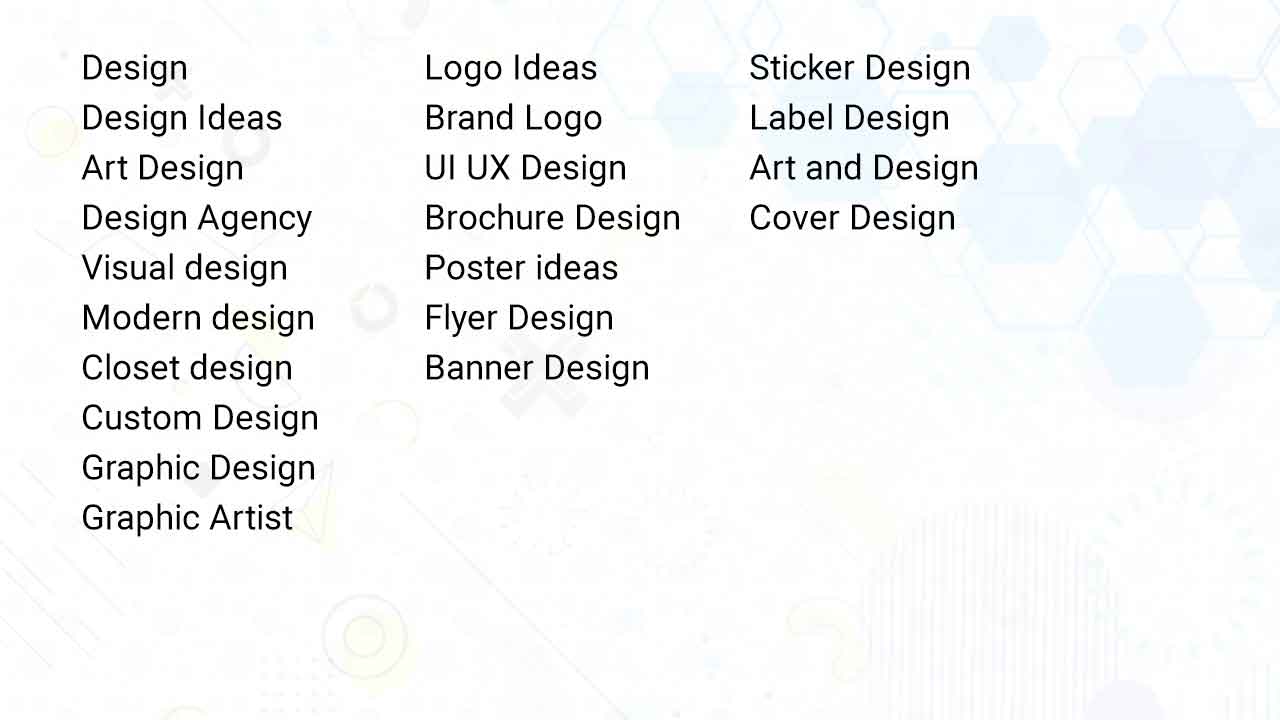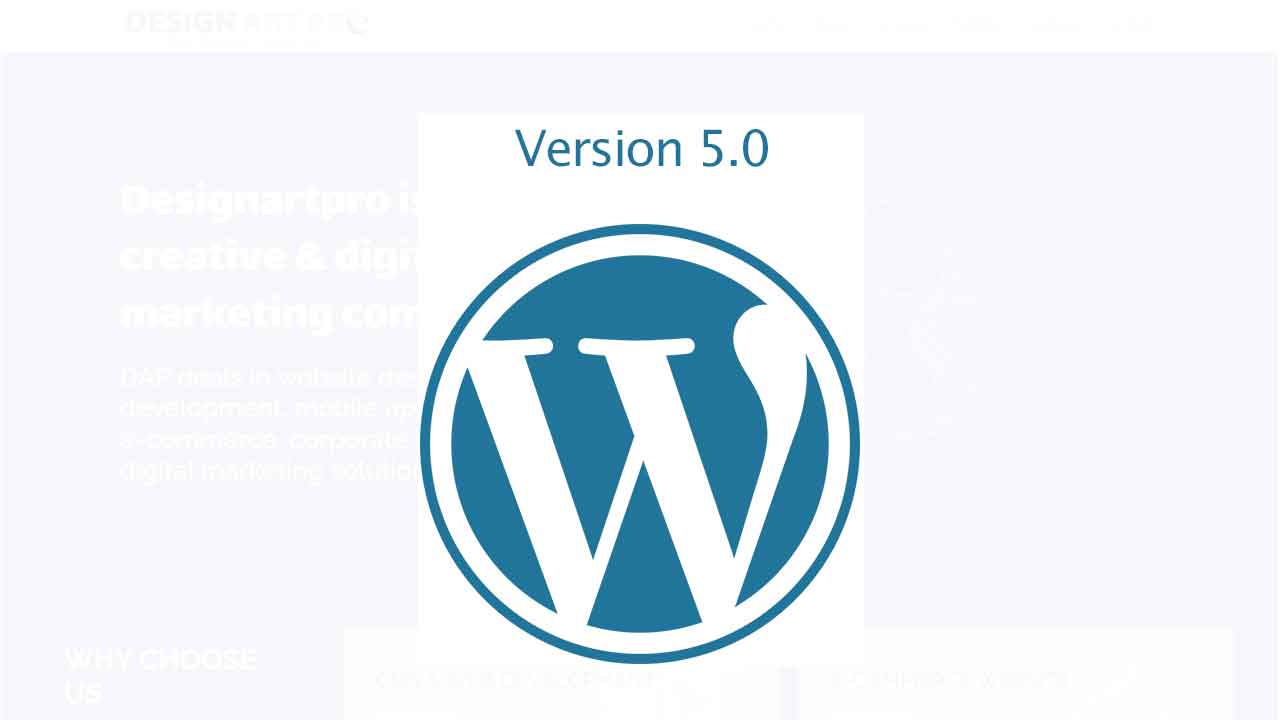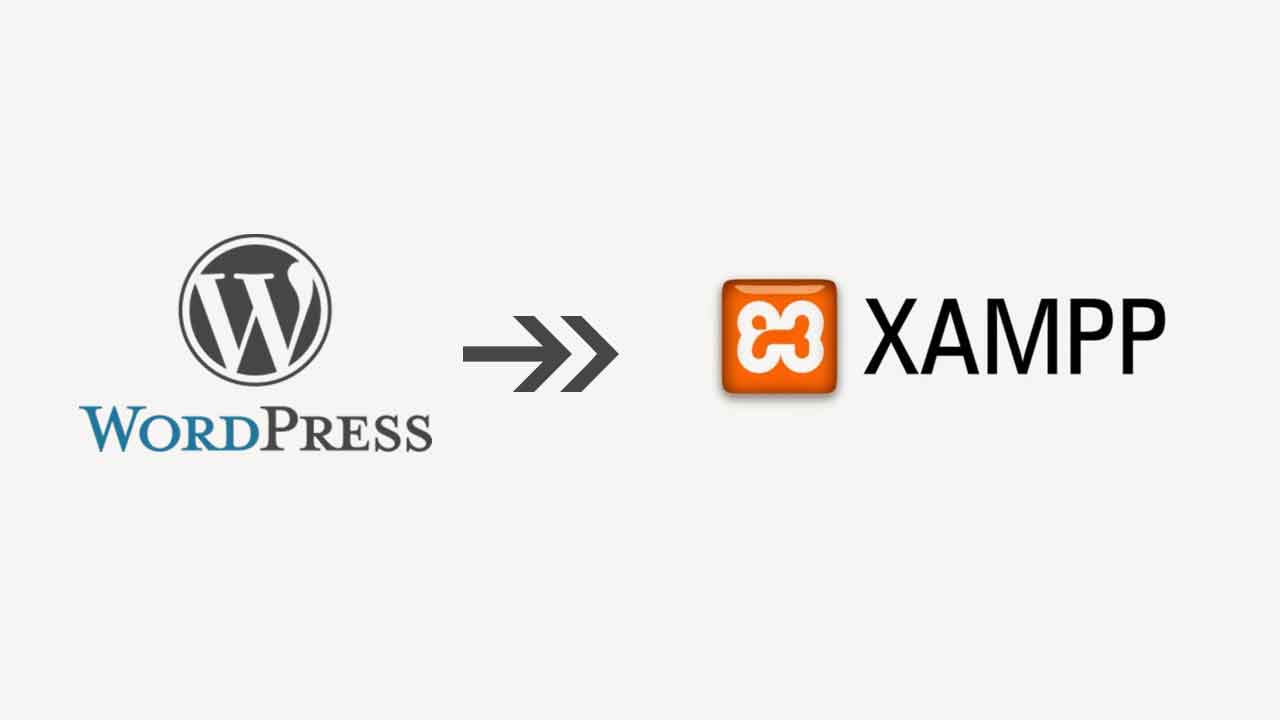
What is Website?
Web Page
A document that can be viewed on a web browser, including Apple's Safari, Firefox, Google Chrome, Opera, Microsoft Internet Explorer, or Edge. These are frequently referred to as simply "pages."
Website
A grouping of websites that are typically related to one another through different methods. often referred to as a "website" or a "site."
Site Server
A computer that manages an online presence.
Research Tool
A website that facilitates the discovery of other websites, such as DuckDuckGo, Bing, Yahoo, or Google. Web browsers are typically used to access search engines (e.g. directly perform searches in the address bar of Firefox, Chrome, etc.)
The library and a web server will be contrasted:
Similar to a web server is the library. It is divided into various areas, much like a web server that hosts numerous websites.
The library's various sections—science, math, history, etc.—are comparable to web pages. Every subsection is like a different webpage (two sections do not contain the same books).
Each section's books resemble websites. A website may contain a number of web pages, for instance, the Science part may contain books on heat, sound, thermodynamics, statics, etc (the web pages). Every webpage has a distinct location on the internet (URL).
Similar to a search engine is the search index. Two books cannot be held at the same location in the library, which is designated by the catalog number for each individual book.
A Website
A web page is a straightforward document that a browser can see. These publications are created using the HTML coding system (which we look into in more detail in other articles). A web page can incorporate many different kinds of resources, including:
Style data, which governs how a page looks and feels,
Scripts, which give the page's
Media—images, sounds, and videos—interactivity.
Static or Dynamic
Websites can be classified as either static or dynamic. Static websites, which are often made entirely of HTML, are fixed and show the same content to every user. A dynamic website, on the other hand, uses advanced programming and databases in addition to HTML to display different materials and allow user interaction. As you can see, creating static websites is simpler than creating dynamic ones.
Static Website
Most static websites contain a set number of pages with a predetermined layout. When a page is viewed in a browser, the content is completely static and doesn't react to human input. In simple text editors like Notepad, HTML and CSS are typically used to build static websites.
A static website is the best option if you require a website with fewer than three pages. It doesn't require as much time or work to build as dynamic websites do. The HTML code can easily be reproduced on each of these sites, containing the necessary adjustments, if the appearance of the pages on your website has to be altered.
Dynamic Website
A dynamic website is more useful than static websites, which are only informational. Users are able to engage with the information presented on the page thanks to it. Naturally, that calls for using more than just HTML code.
Dynamic websites depend on both client-side and server-side programming languages like JavaScript, PHP, or ASP while static websites only require client-side HTML and CSS code. A dynamic website can be modified by code that is executed in the browser or on the server when a user accesses it. The ultimate output is an HTML page that appears in the web browser, just like it would on a static website.
Such websites use server-side and client-side scripting to produce dynamic content. Client-side scripting is the term for code that the browser executes, typically using JavaScript. Before the material is transferred to the user's browser, the server runs code, which is referred to as "server-side scripting."
The distinctions between static and dynamic websites are much more obvious when approached from a technical perspective. Building static websites in basic HTML is simple because they just have set content. A user can only engage with a static website by clicking links and completing forms (such as a contact form).
In the end, dynamic websites are also built on HTML and CSS, but in order to function, they need server-side scripting. Basic design elements are created using HTML code, while server-side languages are utilized to manage events and regulate potential user behaviors on dynamic pages.








